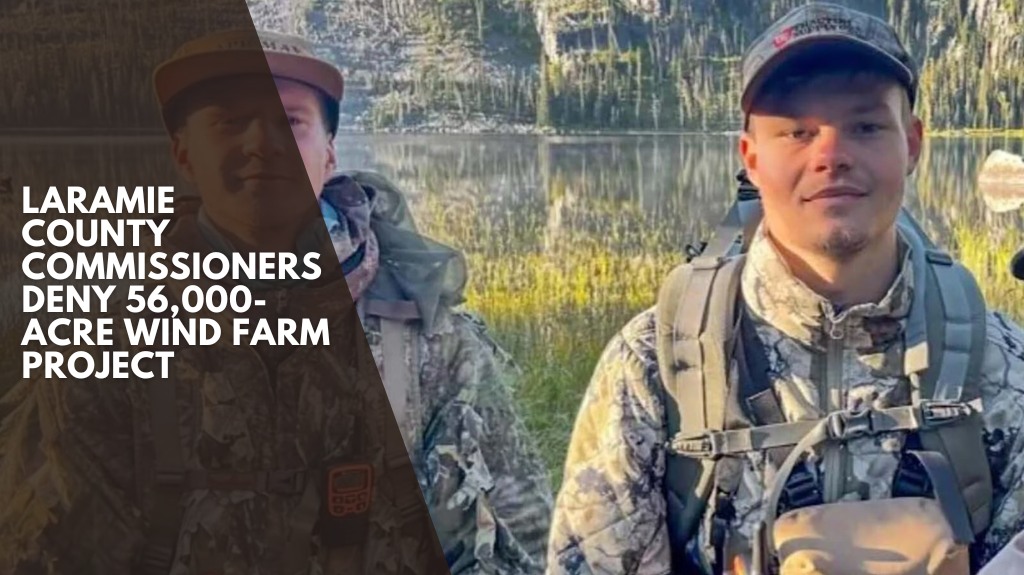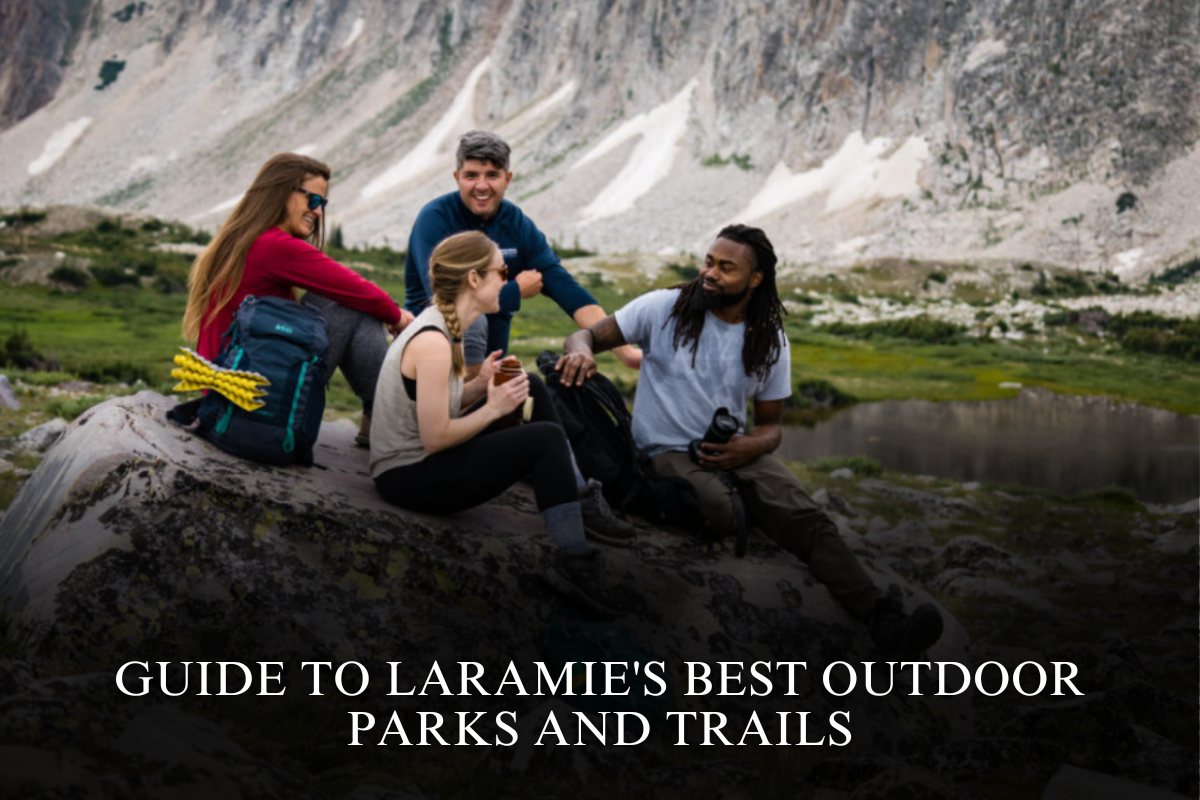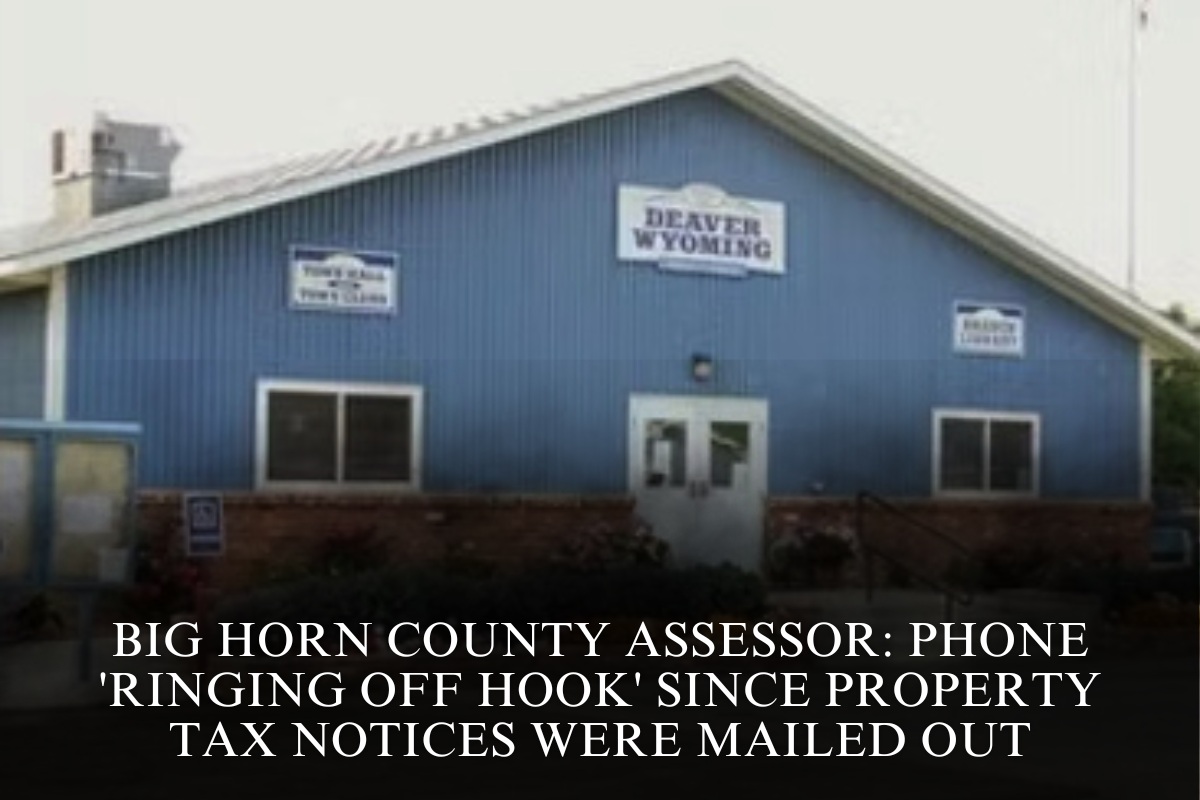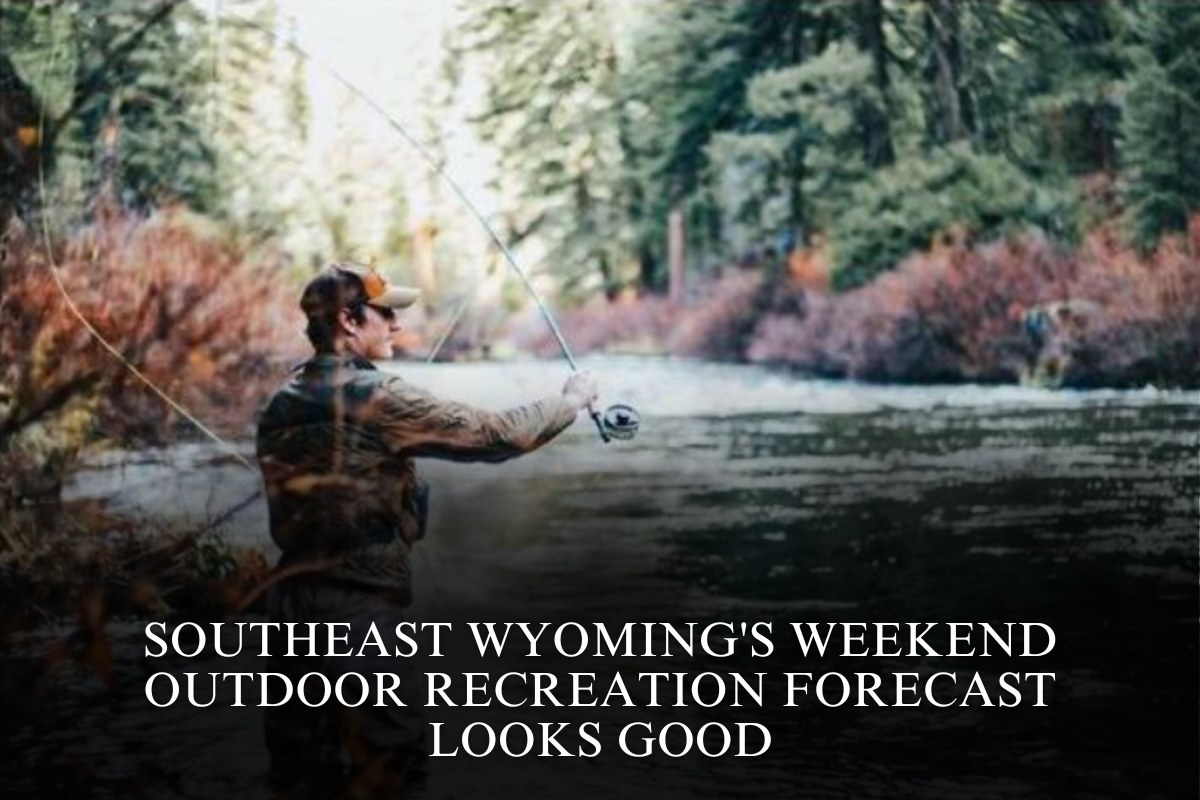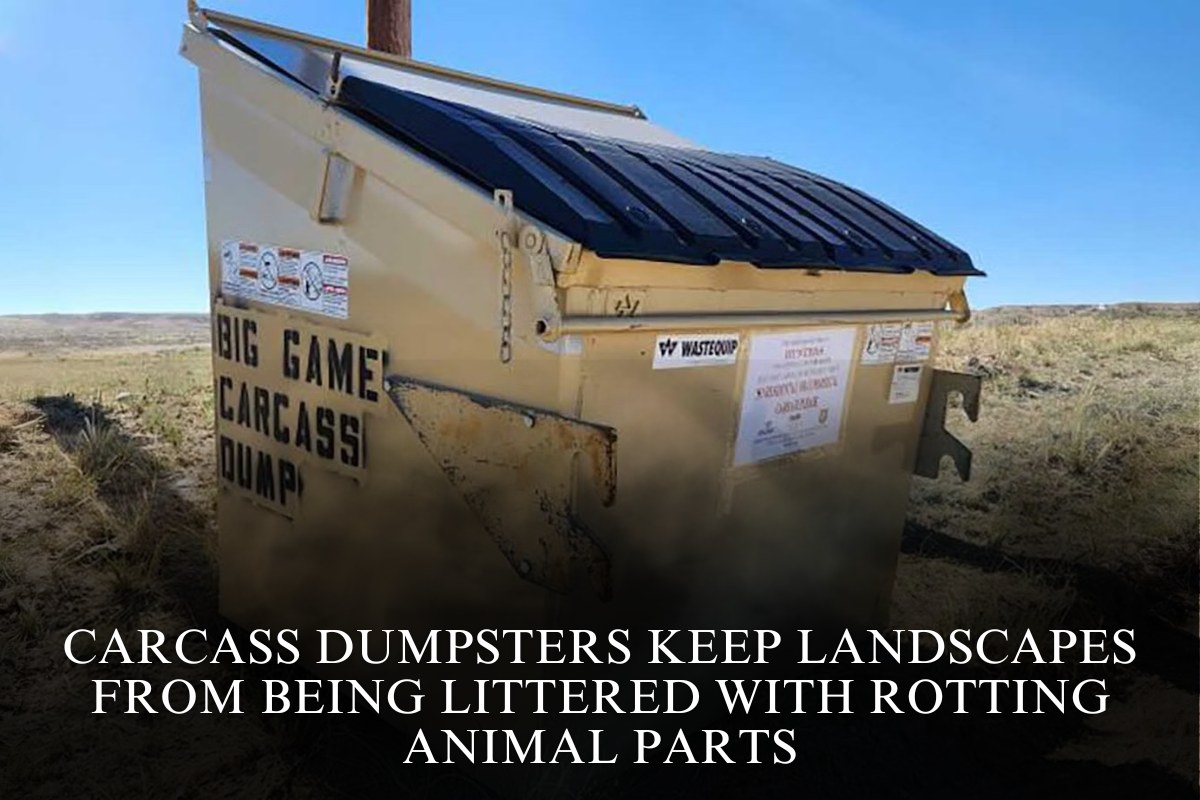The bodies of two elk hunters who went missing on September 11 in southern Colorado were discovered Thursday, and authorities were still investigating how they died Friday.
According to some Wyoming outdoor enthusiasts, the most dangerous threat to hunters is the weather itself. There were reports of rainstorms in the area where the hunters went missing and were eventually discovered dead.
They were identified as Andrew Porter of Asheville, North Carolina, and Ian Stasko of Salt Lake City, Utah, both 25.
Deaths Still A Mystery
Porter and Stasko traveled to Colorado to hunt elk on national forest land in Game Management Unit 81 on the Rio Grande National Forest.
Bridget Murphy, Porter’s fiancée, claimed she lost contact with them on September 11, according to Outdoor Life and news outlets in Colorado and Utah.
They were officially reported missing on September 12, and search and rescue efforts began the following day.
Their locked vehicle was discovered near the Rio de Los Pinos Trailhead. Camping equipment, packs, and wet clothing were discovered inside, according to reports.
Investigators suspected that the men had encountered inclement weather, gotten wet, changed their clothes in the car, and then returned to hunting.
Searchers discovered their bodies about 2 miles from the trailhead around 11 a.m. Thursday.
According to The Colorado Sun, the bodies showed no signs of external injuries or foul play, and autopsies are scheduled for Monday.
Weather Is The Biggest Killer
Porter and Stasko were described as experienced outdoorsmen.
However, Wyoming hunters and a search and rescue expert told Cowboy State Daily on Friday that even experienced people can get into trouble in the backcountry.
Guy Eastman of Cody believes that weather is probably the most dangerous hazard that hunters face.
He is the third generation of the outdoor multimedia family that founded Eastmans Hunting Journal, and he has hunted extensively across North America.
“The most dangerous weather isn’t extreme cold. It’s that period of cold rain just before it turns to snow,” he said. “That’s extremely dangerous, especially at higher elevations.”
Eastman had just returned from a bighorn sheep hunt in a remote area of northwest Wyoming, and he said the cold, wet conditions had persisted for much of the hunt.
According to his understanding, there was also a lot of rain and cooler temperatures where Porter and Stasko had been.
According to Eastman, these types of conditions can quickly escalate from annoying to deadly.
When it gets cold enough to snow, “you can just brush it off,” he said.
But rain seeps in, he explained.
“Unless you can keep dry, you can’t get dry once you’re wet,” he informed me.
During the hunt, “We had a tent with a stove in it, so we could go inside there and get dry and get our clothes dry,” he explained.
Hypothermia A Big Killer
When people get wet, and stay wet, they can develop hypothermia. That’s when the body temperature drops below 95 degrees. The body starts to lose its ability to generate heat, which can lead to death.
According to Kenna Tanner, coordinator of Tip Top Search and Rescue, hypothermia is a leading cause of death in the outdoors.
It frequently strikes when people believe the weather is too cold to risk freezing to death, she explained.
However, she warned that combining cold and wet clothing can be fatal.
Tanner explained that the key is to remove wet clothing and dry as soon as possible. The best thing to do is start a fire.
So-called “emergency blankets” made of lightweight materials that people carry in their packs are primarily useful as windbreaks.
Nonetheless, “if you try wrapping yourself in one while you’re still wet, it will just hold the moisture in and compound the danger,” according to Tanner.
She suggests wearing layers with moisture-wicking fabrics at the bottom.
That may not keep you from feeling miserable if you get wet, but it does keep dampness from sucking heat out of your body, she explained.
According to Eastman, one of the most dangerous aspects of hypothermia is that it can sneak up on even experienced hunters because heat loss impairs mental capacity.
“It resembles a spiral. When you get into that, you’re not thinking straight or clearly, and that can lead to a string of bad decisions that can be fatal,” he said.
Falling Trees, Lightning and Sliced Arteries
In addition to potentially deadly weather, hunters must be prepared for unexpected hazards of all sorts, said Olin Machen of Cody.
Among them were falling trees.
“A huge concern is tree fall,” he said. “Our national forests are being eaten alive with beetle kill, and all it takes is a storm with strong winds to bring down hundreds of trees at once.
“One huge mistake guys make is setting up camp without looking around to see what trees are dead and could potentially fall on them.”
He recalled one terrifying incident from an elk hunt in New Mexico in 2020.
“I killed a bull and a storm rolled in while I was cutting it up,” the man said. “I was surrounded by dead timber. Trees were falling and snapping all around me, and it was completely terrifying.”
Despite the risk of falling trees, Machen prefers to stay below the tree line on mountain slopes during afternoon storms “because lightning above the tree line is another big concern for me.”
Archery hunters should also be aware of the dangers that broadheads on their arrows can pose, he said.
“Stick one in an artery in a leg and you’ll bleed out before anyone will help you,” Machen informed the audience. “For that reason I carry a lightweight tourniquet with me while hunting.”
